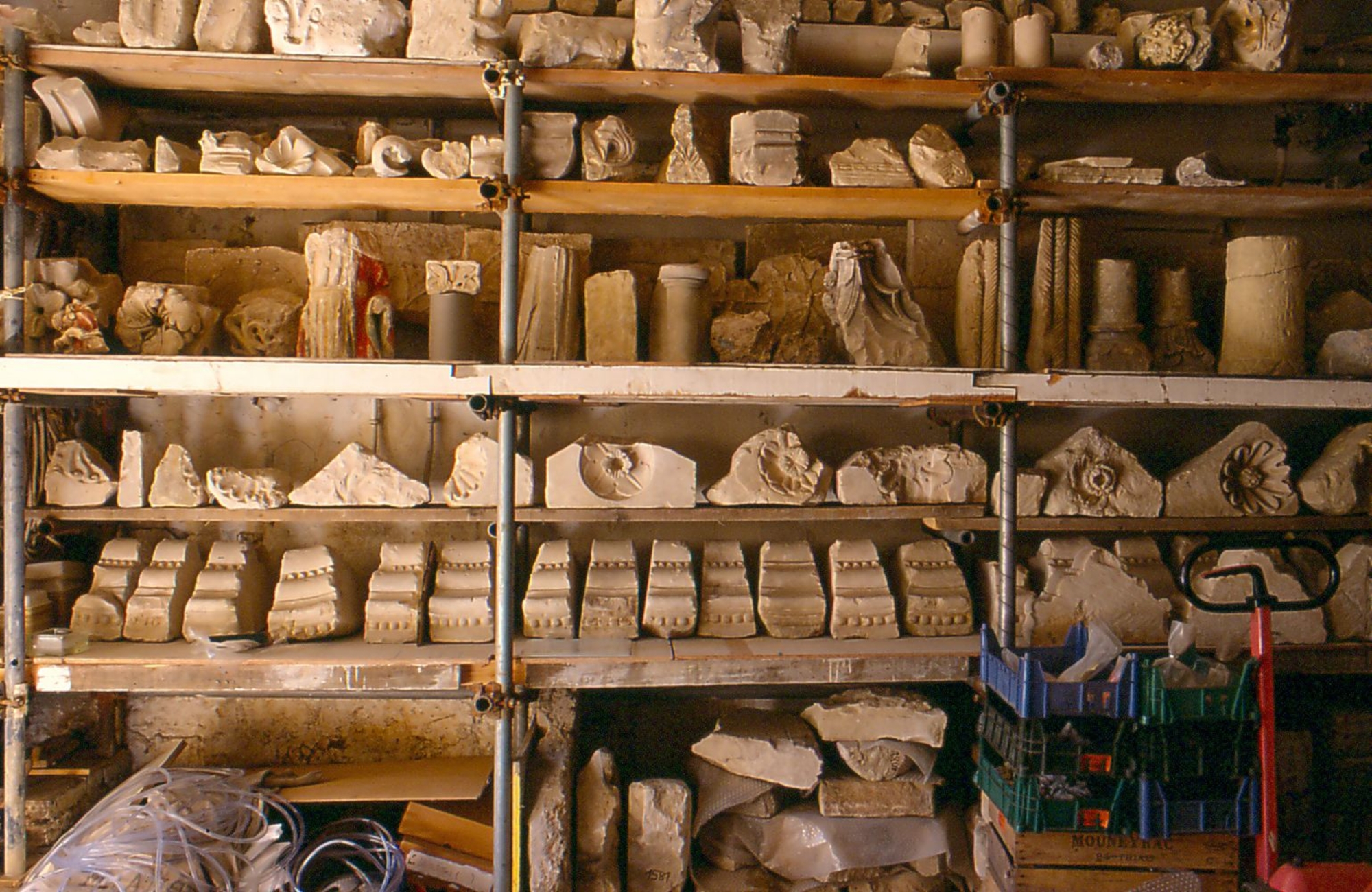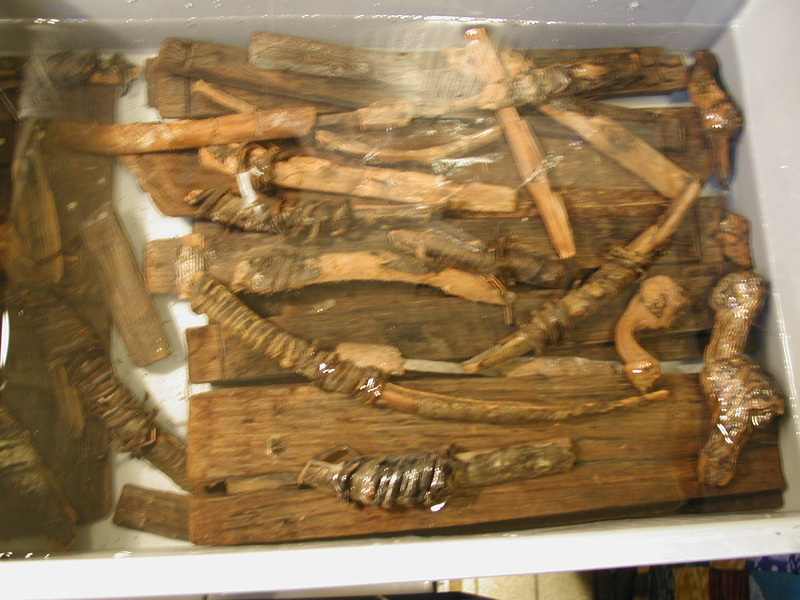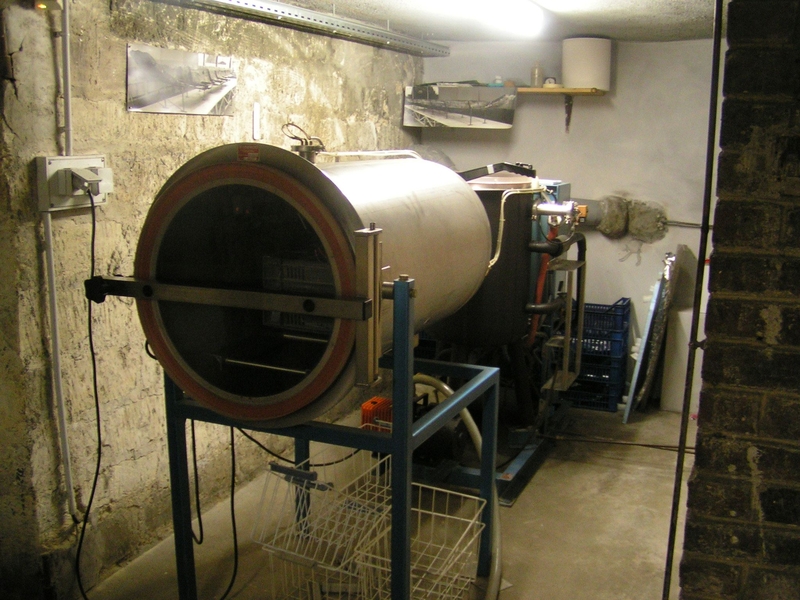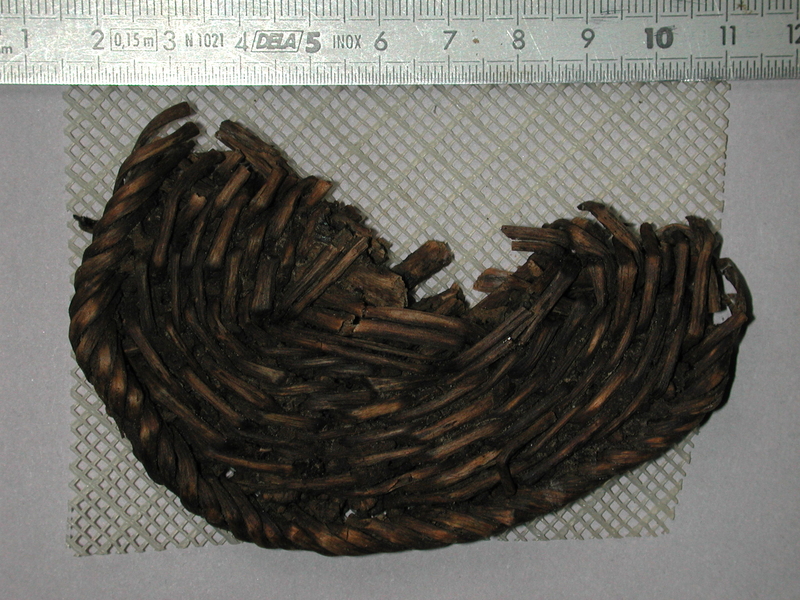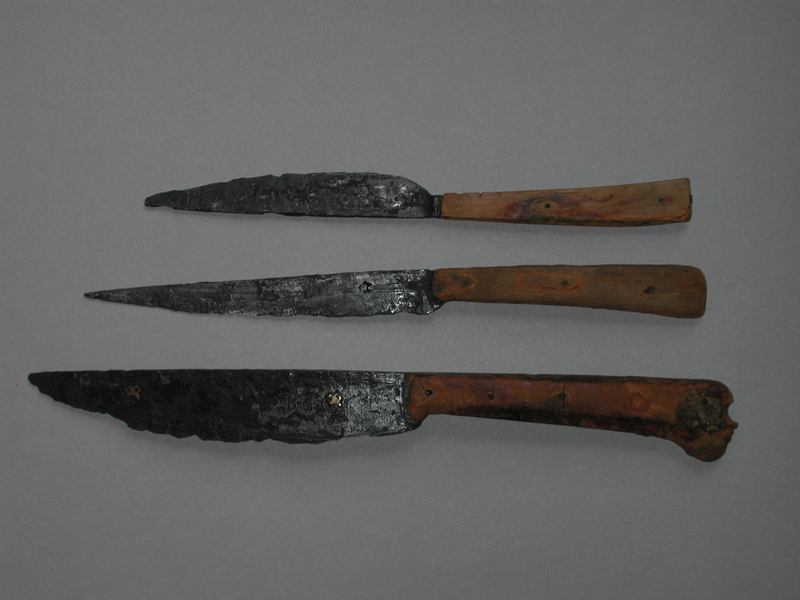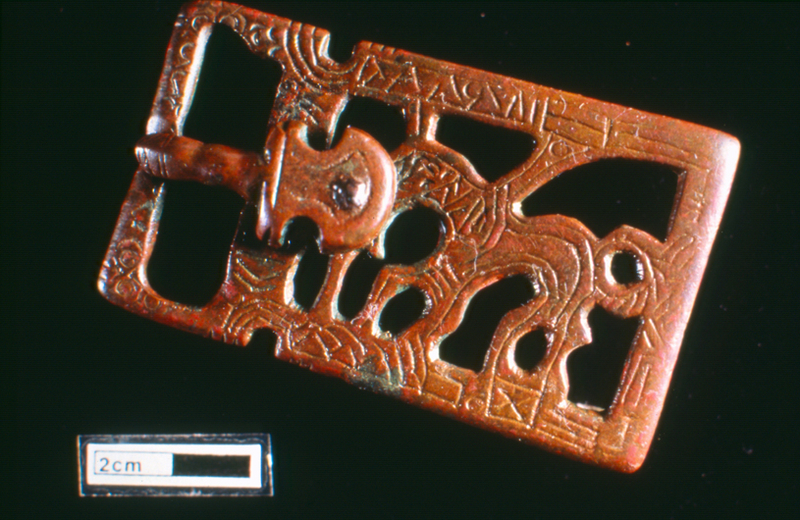- Home
- Archaeology, territory and citizenship
- Archaeology and heritage conservation and management
- Archaeological Conservation Treatment and Information Service (UTICA)
The UTICA laboratory is a non-profit association that was created in 1988. It is located in the Archaeological Unit's headquarters. The lab is a member of the national network of decentralized workshops under the direction of the Musées de France, and works solely on archaeological objects from public collections or excavations led by INRAP, local authorities and the CNRS. It also takes part in French missions abroad.
UTICA works on metal objects and those made of organic materials, whether waterlogged or not (wood, leather and bone), and on composite objects made of these materials. The lab also treats rarer materials, including amber, lignite, mother-of-pearl, ivory, horn and bark.
In addition, UTICA is available to archaeologists for any and all questions concerning the removal of objects, collection maintenance, organization of the reserves, and museographic presentation.
Bucket, wood and branches full of water; before treatment.
© UTICA
Bucket, wood and branches full of water; after lyophilization and restoration.
© UTICA
freeze dryer.
© UTICA
Basketry stuffed with water; after lyophilization.
© UTICA
Knives, iron and wood waterlogged; after lyophilization and restoration.
© UTICA
11th century bronze candlestick discovered in Saint-Denis; before restoration.
© UASD / E. Jacquot.
11th century bronze candlestick discovered in Saint-Denis.
© UASD / E. Jacquot.
Consolidation of a lead object.
© UTICA
6th century bronze buckle plate discovered in Saint-Denis; before restoration.
© UASD / E. Jacquot.
6th century bronze buckle plate discovered in Saint-Denis; after restoration.
© UTICA.
